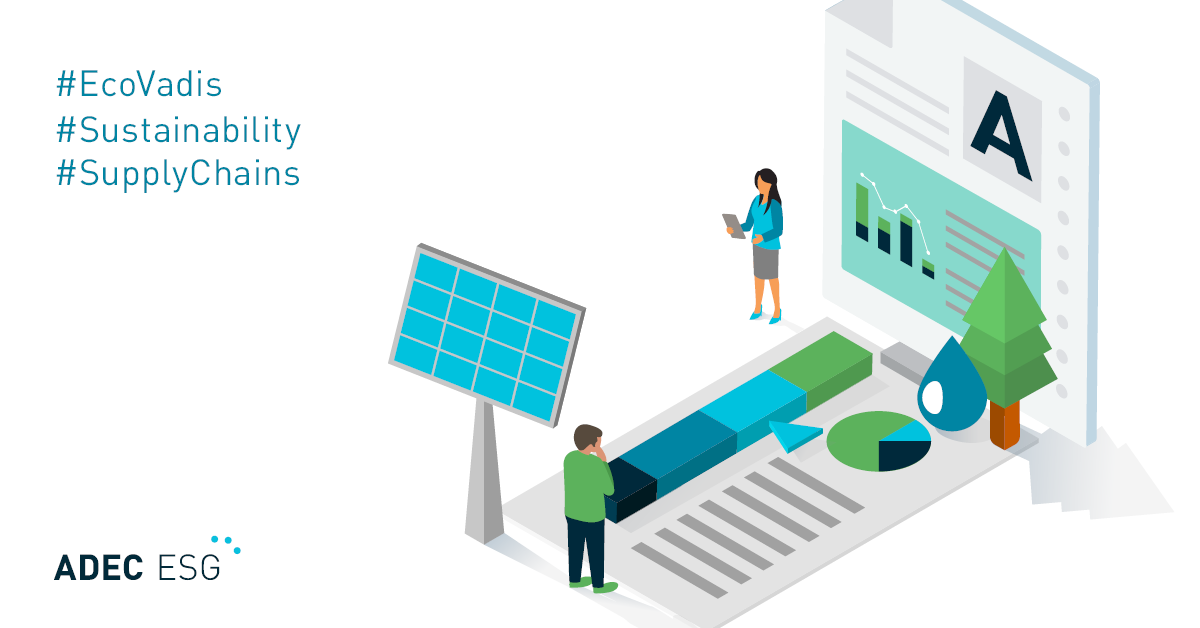International retail supply chains are vastly complex systems. The task of managing these systems is rife with challenges, large and small.
Global supply chains are affected by many different factors, from geographical constraints and international politics to consumer attitudes. As such, the key supply chain challenges faced by international retail change year-to-year, and often month-to-month. And as we move into a new decade, here are five of the most pressing challenges for retail supply chains.
Challenge #1: Changing Consumer Demand
The advent of online communication over the past two decades has radically changed the relationships between consumers, brands, manufacturers, and products. Consumers have more ways than ever to discuss their product and service experiences with friends, other consumers, and brands themselves. As a result, demand for high-quality, sustainable products is increasing, and for many consumers, this factor has become as important as the price. Environmental and ethical concerns are an increasingly important metric.
A very large proportion of consumers are now making purchasing decisions on the basis of concerns about climate change, pollution, workplace safety, and other related issues. While many brands are rising to meet the needs of these consumers, others are facing increased scrutiny from consumers, shareholders, and nonprofits.
Challenge #2: Increasing Distribution Complexity
As the online marketplace has developed, more channels to market have become available to retailers. The same product may be sold through a company’s own brick and mortar stores, on its website, via other physical retail partners, or by any number of third-party online retailers.
Depending on the product, any or all of these retail methods may provide an effective route to consumers. Many consumers still enjoy the in-store retail shopping experience, many expect to be able to order products online directly and receive them within a few days, and many fall into both camps.
Managing supply chain logistics in a way that maximizes the potential of each of these opportunities while minimizing risk is a constant balancing act that requires extensive planning, innovative strategies, and flexibility to ever-changing global landscapes.
Challenge #3: Climate-related Risks
Climate change affects supply chains in a variety of ways. The increasingly irregular weather patterns and frequency of extreme weather events are already having impacts on transportation, employee health and safety, seasonal demand, and other strategic factors.
These risks are an international concern, and the importance of corporate involvement in minimizing and mitigating the harm resulting from climate change figures significantly into the global agenda. As a result, many investors, financial reporting standards, and environmental reporting standards integrate climate-related risks and mitigation into their assessments of a company’s performance. A supply chain that has mitigation measures and climate resiliency built into its operations both reduces risk and enhances reputation.
Challenge #4: International Concerns
By their nature, large global supply chains can be vulnerable to changes in international relations. From negotiation breakdowns to new trade deals, these changes can be drastic and sudden, generating risk factors that are difficult to predict. The recent escalation of US-China trade relations is perhaps the most striking current example of the effect international relations can have on supply chains. The announcement of changes to tariff policy sparked opinion and debate across the retail sector and was the cause of speculation, risk reassessment, and massive shifts in global supply chains. In the 2020s, rapid adaptability to these kids of sweeping changes will be a key part of supply chain management and strategy.
Challenge #5: Relationship Management
Managing relationships with suppliers can be a very time-intensive process for brands with large supply chains. Working with every supplier in a chain to develop performance standards, report progress against those standards, and identify opportunities for new success can seem like a daunting task.
However, allocating the required resources to manage these relationships effectively will lead to significantly improved efficiencies and build greater trust in the long term. Making use of external consultant services, to provide expert personnel and specialized software, can be a powerful way to streamline the complications of this process.
CleanChain, an ADEC Innovation, helps you gain visibility and insights into the chemical use in your supply chain. Want to find out more? Book a free demo with us today to find out how CleanChain can help you engage your supply chain and improve your chemical management initiatives.




